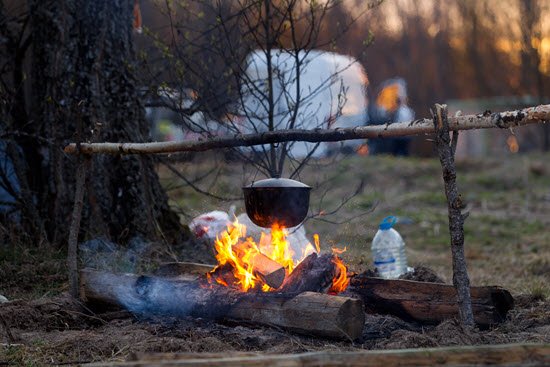What’s the Best Grade of Steak for Grilling?
What’s the Best Grade of Steak for Grilling? It seems that meat prices, such as steaks, are always on the rise and that’s even truer due to processing plants shuttering temporarily due to COVID-19 concerns. So it’s a good time to have a better understanding of the different ratings for beef. Just in case you were wondering, there are eight different beef quality grades! Who knew? This explains why a ribeye in one section of the meat counter is one price and a similar-sized cut a few steaks away is more expensive. Of course, you can factor in the weight and the thickness of each steak when pricing. But there’s a good chance that one row of those ribeyes in the meat counter is one grade while the ones a few rows over are a different grade. The lower grade, the lower quality of the cut. What Determines a Grade? So, the basic question is what determines the grade of steak or beef in general? The USDA has eight beef quality grades. Surprisingly, the grades are based on only two main things. The first is the degree of marbling (aka intramuscular fat) in the beef. The second is the maturity, estimated age, of the animal at the time of slaughter and processing. Most Common Grocery Store Grades Don’t worry, you don’t have to remember all eight grades of beef. When it comes to grilling steaks or slow baking a roast, then the number of grades is only around three. That’s unless your buying steaks from a sketchy van with a built-in freezer parked in some parking lot… then you may need to know the lower grades! Here’s how those three grades three break down according to the Cattleman’s Beef Association. PRIME – Most Expensive Prime beef is produced from young, well-fed cattle. It has abundant marbling, is produced in smaller quantities than other grades, and is often sold in hotels and restaurants. Prime roasts and steaks are excellent for roasting, grilling, or broiling. CHOICE Choice beef is high quality and produced in highest quantity, but has less marbling than Prime. Choice roasts and steaks, especially from the rib and loin, will be very tender, juicy, and flavorful. They are suited for roasting, grilling, and broiling. Less tender cuts are perfect for slow-cooking. SELECT Select beef is slightly leaner than Prime and Choice because it has less marbling. It can lack some tenderness, flavor, and juiciness as compared to the higher grades. Select grade beef often benefits [...]




